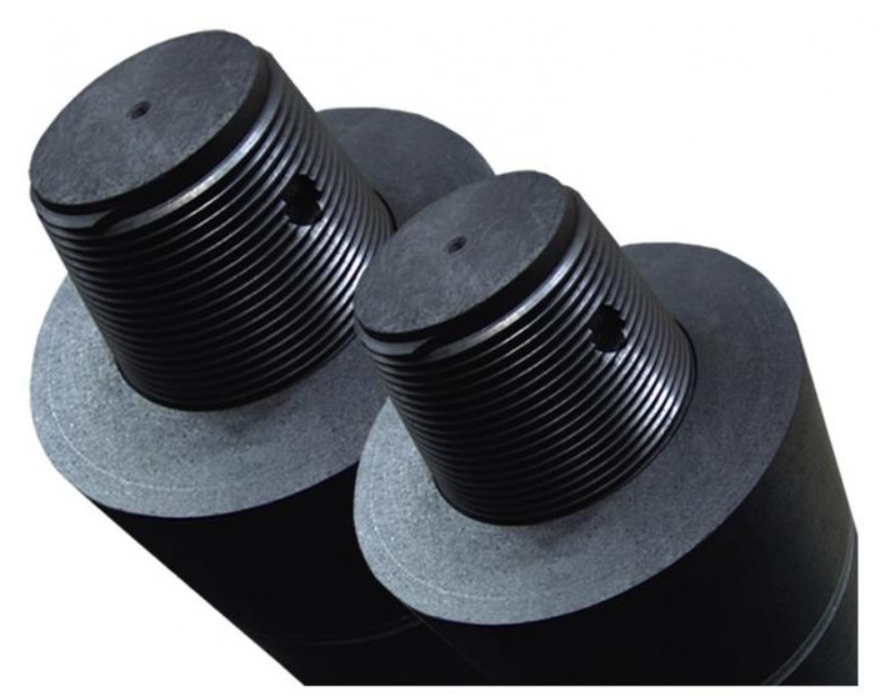Graphite electrodes are widely used in electric arc furnaces for the production of steel and other metals. High power graphite electrodes are designed to withstand
high temperatures and electrical loads, making them an essential part of modern metallurgy. In this article, we will discuss the properties and manufacturing processes
of high-power graphite electrodes, as well as their applications in the steel industry.
High Power Graphite Electrode Properties
Graphite is a naturally occurring form of carbon with unique properties. Graphite is an excellent conductor of heat and electricity, has a high melting point, and is resistant to
corrosion. These properties make graphite an ideal material for high temperature applications, such as in steel production
High power graphite electrodes are made of high quality graphite with low ash content. Ash is a non-carbon material present in raw graphite that reduces
the electrical conductivity and mechanical strength of the electrode. Therefore, high-quality graphite with low ash content is required to produce high-power
graphite electrodes.
Manufacturing process of high-power graphite electrodes
The manufacturing process of high-power graphite electrodes involves several steps, including mixing, shaping, baking and graphitization.
The first step is to mix the raw materials, which include graphite, asphalt and other additives. A hydraulic press is then used to form the mixture into green electrodes.
The green electrode is then baked at high temperatures to remove any volatile materials and convert the pitch into a carbon binder. This process is called carbonization,
and it results in carbonized electrodes with low mechanical strength. The carbonized electrode is then graphitized at higher temperatures to increase its electrical conductivity
and mechanical strength. The graphitization process can take several days and requires carefully controlled environments to prevent electrode oxidation and other forms of damage.
Applications of high power graphite electrodes
High-power graphite electrodes are an important component of electric arc furnaces used in steel production. An electric arc furnace is a furnace that uses an electric arc to
melt scrap steel and other materials. The high temperature and electrical conductivity of graphite electrodes allow them to withstand extreme conditions within the furnace
and transfer electrical energy into the melt.
The use of high-power graphite electrodes in electric arc furnaces offers several advantages compared to other types of electrodes. First, high-power graphite electrodes
have a longer service life, which reduces the frequency and cost of electrode replacement. Second, high-power graphite electrodes have higher electrical conductivity,
which allows for faster melting rates and higher productivity. Finally, high-power graphite electrodes have a lower cost per ton of steel, making them a more cost-effective
option for steel producers.
Conclusion
In summary, high-power graphite electrodes are an important part of modern metallurgy. Graphite's unique properties, such as its high electrical conductivity and mechanical
strength, make it an ideal material for high-temperature applications, such as in steel production. The manufacturing process of high-power graphite electrodes involves several
steps, including mixing, shaping, baking and graphitization. High-power graphite electrodes are primarily used in electric arc furnaces, where they offer several advantages over
other types of electrodes, including longer service life, higher conductivity, and lower cost per ton of steel.

 售前咨询专员
售前咨询专员